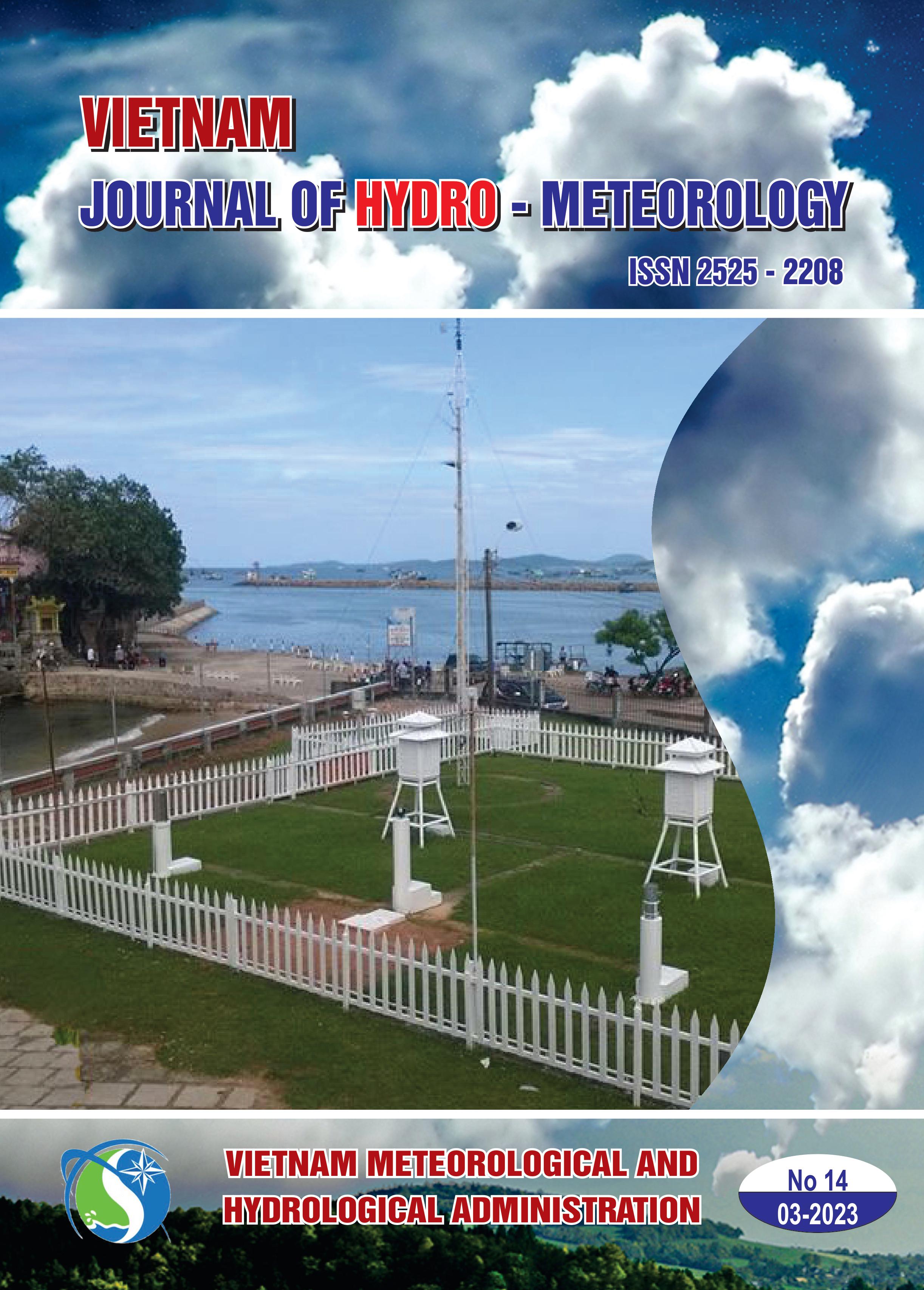Modified methods of oil cleanup with cellulose–based adsorbents: a review
Tóm tắt
Oil spills and contaminated water sources are responsible for polluting marine environments, which in turn has adverse effects on marine ecosystems and public health. Among various oil removal methods, adsorption is the preferred technique due to its speed, simplicity, low cost, and eco–friendliness. In this paper, we will review methods for modifying the oil adsorption properties of cellulose to enhance its adsorption capacity. We have reviewed 287 relevant worldwide documents in recent years and selected 142 documents for use in this study. The review results of the number of documents show that there are three main methods for transforming cellulose–based adsorbents, including (1) Physical transformation methods such as mechanical crushing, or pressing, heat treatment, and the plasma technique; (2) Chemical modification methods such as mercerization, acetylation, grafting, acidification, aerogel modification, cationic surfactant; and (3) Bioremediation (immobilization of microorganisms). Among these modification methods, cellulose–based aerogels have shown remarkable oil absorption capabilities of up to 170.0 g/g, superhydrophobicity (with a water contact angle of 156.7o), and the ability to be reused up to 80 times. Cellulase denaturation and microbial immobilization are eco–friendly techniques that have potential to replace non–biodegradable oil adsorbents. Furthermore, utilizing agricultural by–products to produce high–capacity absorbent materials is a promising solution that benefits both the economy and the environment.

